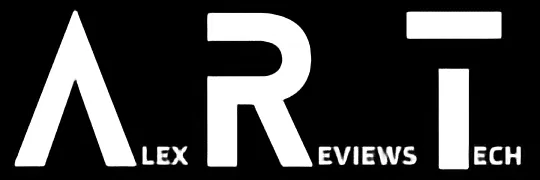
HMD Global, the Finnish brand that’s been most prominent as the “face” of Nokia Android phones and retro throwback phones is seriously de-emphasising its Nokia branding — and that feels like a very smart move to me.
HMD Global is pushing forward pretty aggressively to rebrand itself… as HMD Global.
Confused? The reality here is that for most folks, HMD Global probably isn’t a known name to you in the smartphone and feature phone space, but Nokia is. Since 2017, HMD Global has been the power behind the throne of “Nokia” branded phones — but the secret there is that this was always basically a branding operation, not a deal that involved “Nokia” specifically.
Well, if one ignores the fact that HMD Global’s staff included a lot of ex-Nokia staffers, but that’s more of an HR story than a technology one, now isn’t it?

Oh, and we also make Nokia phones. Subtle, isn’t it?
Back in 2017, HMD Global made a splash at Mobile World Congress in Barcelona, relaunching the “Nokia” brand with new, affordable Nokia Android based phones. I know, I was there reporting and writing on it, though sadly a prior publisher has since removed those stories from the online world.
Mind you, my own history with Nokia goes back a lot further, because I’m solidly part of the generation for whom Nokia was synonymous with mobile phones. Not smartphones per se, but straight up mobile phones. My first mobile phone was a Nokia, and it probably would have lasted right through to the smartphone generation had it not been stolen from the hospital where my daughter was born.
Yes, people are awful, but also I point that out because at a time, Nokia phones were the highly desirable in their own right.
Nokia was a serious competitor, too. I was Macworld 2008 (again, sadly, this stuff’s not online at all any more as far as I can see) when Steve Jobs touted the success of the 1st Generation iPhone in the US market, noting that (at the time) it was fast catching up to Blackberry and market leader Nokia. My, how times have changed, but still, there’s no denying that at a time, Nokia was THE dominant mobile phone brand in the mind of consumers.
That’s the wave of consumer sentiment that HMD Global hoped to ride all the way to the bank when it picked up the licence to make Nokia phones.
It’s odd, though — some sources report that HMD Global’s licence for the Nokia name might be up this year, but earlier reporting suggests it signed a 10 year deal back in 2017, which would give it some time to run.
The question then becomes whether the Nokia brand has significant enough outreach beyond the feature phone market.
Nokia fans may not like this observation, but Nokia (classic, actual Nokia-the-company, that is) never quite “got” smartphones in time for them to be relevant. Look, way back when, I reviewed the Nokia N9, a phone I liked but found frustrating enough to drive me to poetry.
Microsoft had its own go, and while phones like the Lumia 1020 were technically impressive for their time, consumers just did not care at all.
Now, HMD Global has done some interesting things with the Nokia brand in the past seven years.
The Nokia 800 Tough remains one of my favourite “tough” phones, hands down:
Newer devices like the G22 showed a remarkable commitment to repairability, even if my own experiences with it didn’t entirely end well:
But, well… I can’t help but think that while Nokia has a lot of resonance with veteran technology journalists, it’s not exactly a brand that springs to mind for younger phone buyers at all.
I can wax poetic about having a Nokia phone back in the day, but all that signals to my offspring is that I’m talking about an older brand that means very little to them.
At that point, HMD Global’s branding video really does tend to make a lot of sense. If “Nokia” as a brand has little cut-through for a generation of phone buyers, why continue with it?
It makes plenty of sense for the feature phone market and devices like the Nokia 2660 Flip, because those folks tend to skew a little older, even though HMD Global has tried pretty hard to sell those phones as “digital detox” devices to a younger generation.
But for smartphones, a fresh look isn’t a bad idea — and I’m keen to see what’s next.




